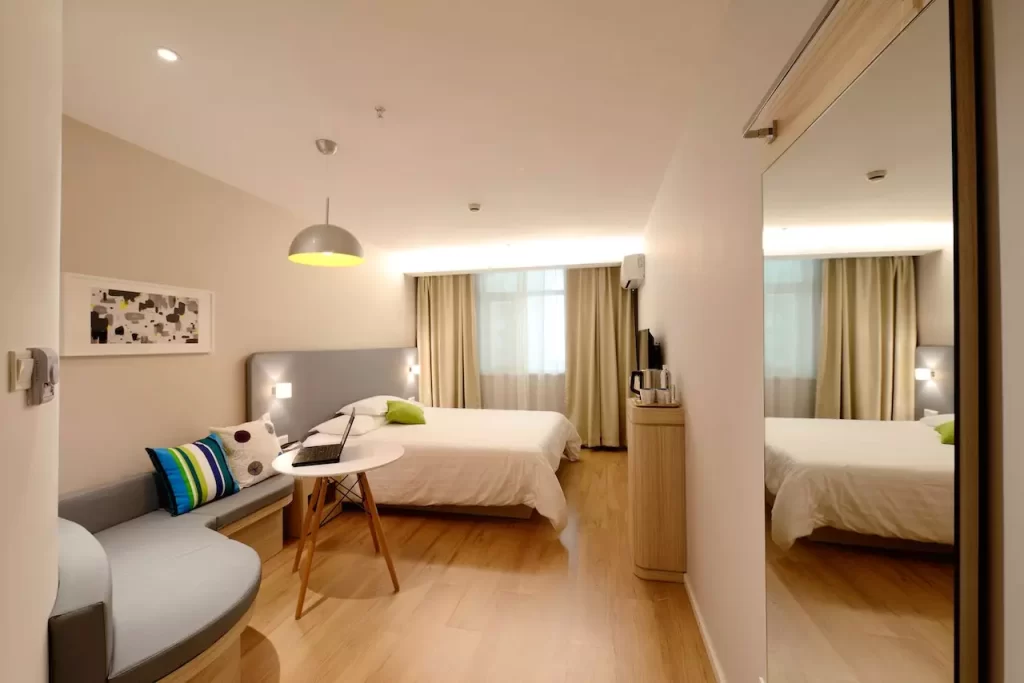Managing finances on a single income can be challenging, but it is crucial to create a budget and stick to it. Without a budget, it is easy to overspend and fall into debt, which can lead to financial stress and hardship. Budgeting helps you track your income and expenses, prioritize your spending, and save money for emergencies and future goals.
For single income households, budgeting is even more important because there is no second income to fall back on. Whether you are a single parent, a student, or living on one salary, you need to be mindful of your spending and create a budget that works for your unique situation.
However, creating a budget can be intimidating, especially if you are not used to managing your finances. That’s why we have put together five simple steps to help you get started. These steps include tracking your income and expenses, setting financial goals, creating a spending plan, monitoring your progress, and making adjustments as needed.
By following these steps, you can take control of your finances and achieve your financial goals, whether it’s paying off debt, saving for a down payment on a house, or planning for retirement. So let’s dive in and start budgeting!
Evaluate Your Income and Expenses
The first step in creating a budget for a single income household is to evaluate your income and expenses. This means determining how much money you earn each month and tracking how much you spend.
To determine your monthly income, add up all the money you receive from your job or other sources, such as child support or alimony. If your income varies from month to month, calculate an average based on your earnings over the past few months.
Next, track your monthly expenses by recording everything you spend money on, from bills to groceries to entertainment. You can use a spreadsheet or budgeting app to make this process easier. Be sure to include all of your expenses, even small purchases like coffee or snacks.
Once you have a clear picture of your income and expenses, categorize your expenses into different categories, such as housing, transportation, groceries, entertainment, and so on. This will help you see where you are spending the most money and where you can potentially cut back.
By evaluating your income and expenses, you can get a better understanding of your financial situation and identify areas where you can make adjustments. This is the foundation of creating a budget that works for your single income household.
Set Financial Goals
The second step in creating a budget for a single income household is to set financial goals. This means identifying what you want to achieve with your money, both in the short-term and the long-term.
Short-term financial goals might include paying off credit card debt, building an emergency fund, or saving up for a vacation. Long-term financial goals might include buying a house, saving for retirement, or starting a business.
Once you have identified your financial goals, prioritize them based on their importance and feasibility. Focus on the goals that are most important to you and that you can realistically achieve with your current income and expenses.
It’s important to set specific, measurable goals with a timeline for achieving them. For example, instead of saying “I want to save more money,” set a goal to save a specific amount each month for a specific purpose, like a down payment on a house or a new car.
By setting financial goals, you give yourself something to work towards and a reason to stick to your budget. Goals also help you make better financial decisions by providing a clear sense of purpose and direction. So take the time to think about what you want to achieve with your money, and set some concrete goals to help you get there.
Create a Budget
The third step in creating a budget for a single income household is to create a budget that works for your financial situation. This means using a budgeting tool or spreadsheet to allocate funds to each expense category based on your income and financial goals.
Start by listing all of your expenses in the spreadsheet or budgeting tool, including your fixed expenses like rent, utilities, and car payments, as well as your variable expenses like groceries, entertainment, and shopping. Allocate funds to each category based on your income and financial goals, making sure to prioritize your goals and focus on the most important ones.
Be sure to leave room for unexpected expenses and emergencies by creating a “miscellaneous” category or setting aside a portion of your budget for unexpected expenses. This will help you avoid overspending and ensure that you are prepared for any unexpected costs that may arise.
Remember, creating a budget is all about finding the right balance between your income and expenses. It’s important to be realistic and flexible, and to adjust your budget as your financial situation changes over time. By creating a budget that works for your unique needs and goals, you can take control of your finances and achieve your financial goals, no matter what they may be.
Trim Your Expenses
The fourth step in creating a budget for a single income household is to trim your expenses. This means finding ways to reduce your spending so that you can allocate more funds to your financial goals and priorities.
Start by looking for areas where you can cut back on expenses, such as your cell phone plan, cable TV, or dining out. You might also consider shopping around for better deals on insurance or utility bills, or switching to a cheaper gym membership.
Prioritize your expenses based on their importance, and trim the least important ones first. For example, if you need to save money for a down payment on a house, you might decide to cut back on your entertainment expenses instead of your grocery budget.
It’s important to be realistic and flexible when trimming your expenses. You don’t have to eliminate all of your discretionary spending, but you may need to make some sacrifices in order to achieve your financial goals.
Remember, every little bit counts when it comes to trimming your expenses. Even small changes, like bringing your lunch to work instead of eating out, can add up over time and make a big difference in your budget.
By trimming your expenses and being mindful of your spending, you can free up more money to put towards your financial goals and priorities, and take control of your finances as a single income household.
Monitor and Adjust Your Budget
The final step in creating a budget for a single income household is to monitor and adjust your budget as needed. This means tracking your expenses and income each month to ensure that you are sticking to your budget and making progress towards your financial goals.
Use a budgeting tool or spreadsheet to track your expenses and income each month, and compare your actual spending to your budgeted amounts. This will help you identify areas where you may be overspending or underspending, and make adjustments to your budget as needed.
Be sure to adjust your budget to accommodate changes in your income or expenses. For example, if you get a raise at work, you may want to allocate some of that extra income towards your financial goals. Alternatively, if your expenses increase due to a change in your living situation, you may need to cut back on other expenses in order to stay within your budget.
Remember, creating a budget is an ongoing process, and it’s important to be flexible and adapt as your financial situation changes over time. By monitoring and adjusting your budget regularly, you can ensure that you are making progress towards your financial goals and staying on track as a single income household.
Conclusion
In conclusion, budgeting is crucial for single income households in order to effectively manage their finances and achieve their financial goals. It can help you to track your expenses, identify areas where you can save money, and prioritize your spending based on your financial goals and priorities.
By following the five steps outlined above, you can create a budget that works for your unique financial situation and helps you to achieve your financial goals. These steps include evaluating your income and expenses, setting financial goals, creating a budget, trimming your expenses, and monitoring and adjusting your budget as needed.
Remember, creating a budget is a process that requires time, effort, and dedication. But by taking action and starting your own budget, you can take control of your finances and achieve financial stability as a single income household. Don’t be afraid to seek support from financial experts or loved ones, and stay committed to your goals even in the face of challenges or setbacks.
So, take action today and start your journey towards financial freedom and security as a single income household. With a little bit of planning and perseverance, you can achieve your financial goals and enjoy a brighter future for yourself and your family.





